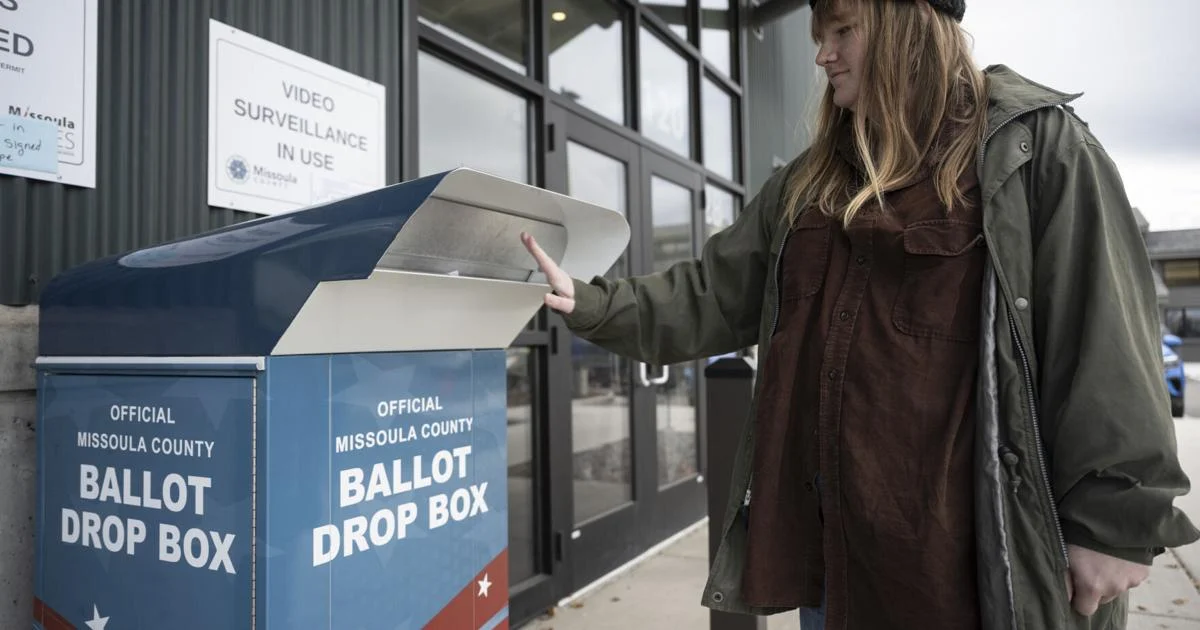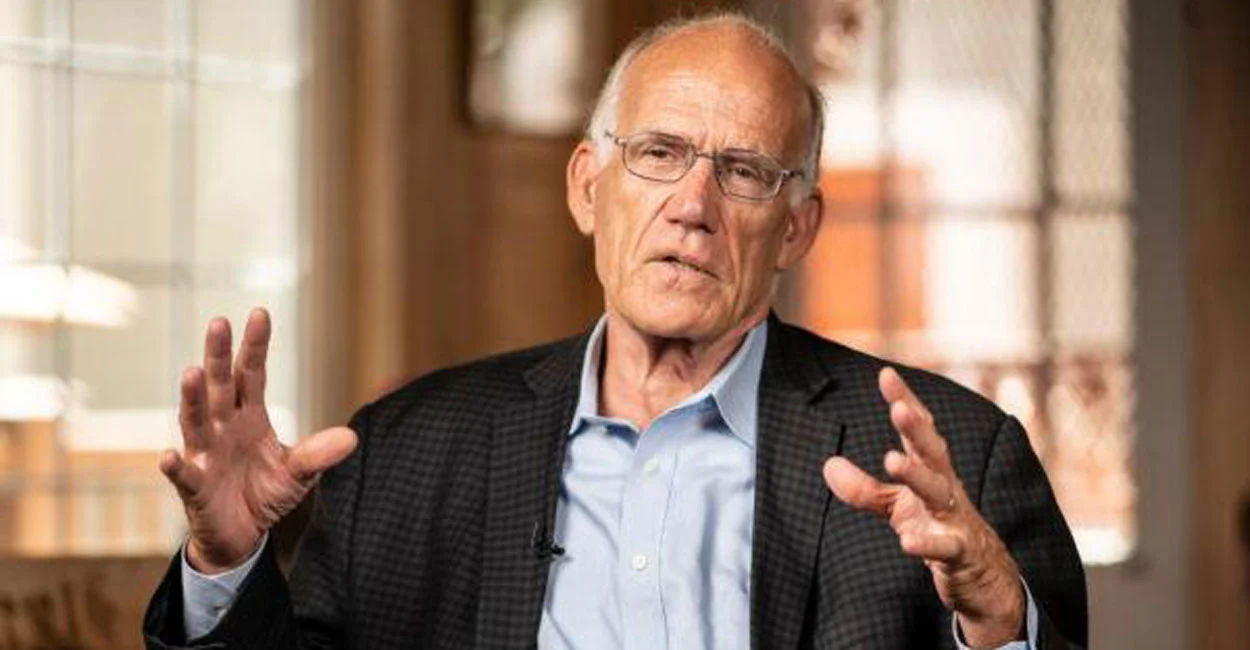Copyright Newsweek

The Democratic Party's voter registration advantage drop in New York City has fallen since the last mayoral election in 2021, according to data from the New York State Board of Elections. Why It Matters New York City voters are set to cast their ballots in the New York City’s mayoral race next month. The race pits Democratic Assemblymember Zohran Mamdani against Republican Curtis Sliwa and former Governor Andrew Cuomo, who is running as an independent following his loss in the primary. The race is an early bellwether about the mood of the electorate in the nation’s largest city. Mamdani’s candidacy will also be a test for the political left, as he could become the most prominent democratic socialist elected official in the country if he prevails. The election has revealed internal fractures within the Democratic Party. While many prominent Democrats have rallied behind Mamdani, others, such as Senate Democratic Leader Chuck Schumer and House Democratic Leader Hakeem Jeffries, have declined to endorse him. His candidacy will test whether more moderate Democratic voters are willing to support a candidate who has embraced socialism. What to Know New York City voter registration reveals that Democrats continue to significantly outnumber Republicans, but that Democrats’ numbers have narrowed since 2021, when incumbent New York City Mayor Eric Adams was elected. In total, there are 3.3 million Democratic voters and about 559,000 Republican voters in New York City, according to data from the New York State Board of Elections from February, the latest report of registration numbers. That is a Democratic advantage of just under 2.8 million voters. But in 2021, there were nearly 3.8 million registered Democrats and about 564,000 registered Republicans—a Democratic advantage of more than 3.2 million voters. This map shows Democrats’ advantage in terms of registration numbers in each of the city’s five boroughs. Notably, these registration don’t always align with how voters cast their ballots. Although Democrats retain an advantage in Staten Island, for instance, it has remained more conservative, giving President Donald Trump 64 percent of its vote last November. The other voters backed former Vice President Kamala Harris. She received 71 percent of the vote in Brooklyn, 72 percent of the vote in the Bronx, 82 percent of the vote in Manhattan and 61 percent of the vote in Queens. Robert Y. Shapiro, professor of political science at Columbia University, told Newsweek the decline in Democrats’ citywide voter registration advantage is “part of the national trend away from support for Democrats, reflected in the drop in Democratic party registration.” That decline has occurred more among Latino and young voters, he said. What this drop means in the long term remains an open question, he said. “We will know more in the midterm election and then the 2028 presidential election in which the performance and behavior of Trump and his administration will be the key issues. What will also matter is what kind of policies and platforms the Democrats have to off and who the 2028 presidential candidates will be,” Shapiro said. What People Are Saying Shapiro also told Newsweek: “What should also be watched, to be sure, is voter turnout in the elections and the level of enthusiasm among voters that have been part of the Democratic party's base as well as new voters.” Joseph Viteritti, Thomas Hunter professor of public policy at Hunter College, told Newsweek: “The switch to the Republican column is part of a larger national pattern. We may be reaching a turning point in the mayoral election where Mamdani is a popular figure and Republican votes will be further eroded by Cuomo's candidacy. Stay tuned.” What Happens Next



